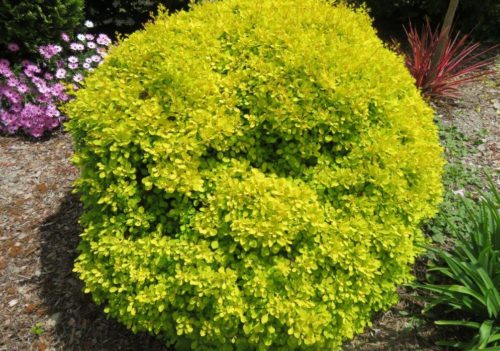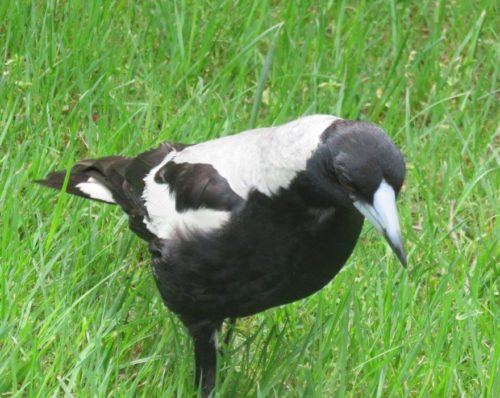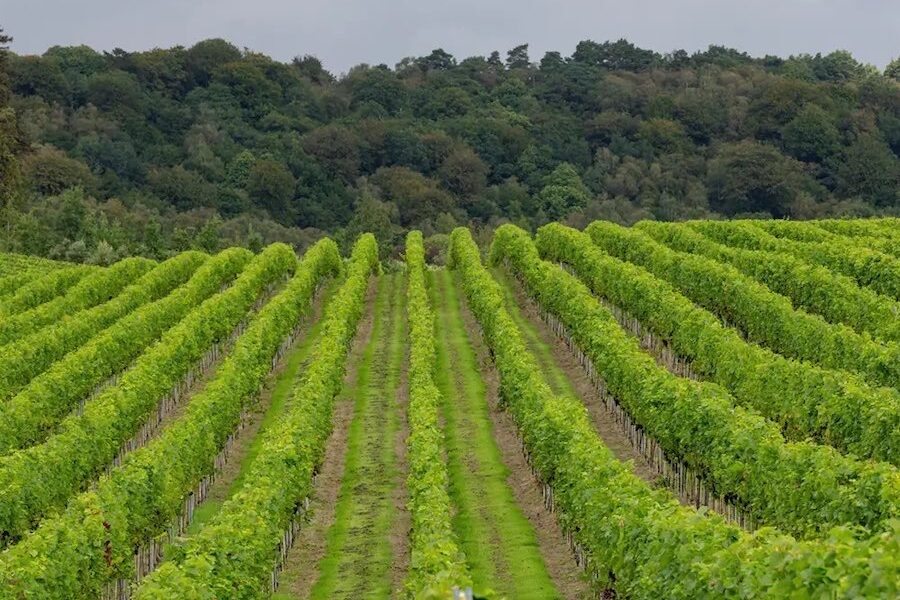
Japanese barberry is the perfect accent plant, says gardening writer CEDRIC BRYANT.
WHEN visiting a friend’s garden, I was fascinated by a bright-yellow bush, which at first glance I thought was a variety of buxus.

On closer inspection I realised it was berberis, also known as Japanese barberry, yet I can’t recall having seen one with such rich, lemon-yellow leaves. This yellow variety is known as Berberis atropurpurea “aurea”, which means golden.
The most popular variety is Berberis thunbergii, a deciduous plant with bright-green leaves in spring and summer. It’s recommended for its combination of rich, autumn-coloured leaves and masses of bright red berries, which tend to hang on well into winter and are loved by birds. Berberis usually grows to about one-metre tall with a similar-sized spread. Prune to half a metre in winter.
RHUBARB is so easy to grow. A fruit rather than a vegetable, enjoying rhubarb with custard immediately comes to mind. It likes to be in the same spot for years, so get the soil right. It won’t tolerate heavy clay soils, preferring it to be friable, well-drained, with plenty of composted material. Years ago it was generally accepted to dip the newly bought crowns in a solution of Bordeaux or Kocide if planting in autumn, to prevent rot through the first winter. Although, this year with the amount of rain I’d suggest doing that anyway. Regular feeding is vital through the growing season.
Patience is a virtue and with rhubarb it’s best not to harvest for the first 12 months, giving it a chance to establish a strong root system. Cut off any flowers that appear, as they slow down crown development. When harvesting, wait until the stalks are a good red colour, then harvest with a sharp downward pull so they come away from the crown. The only real pests are snails and powdery mildew.

RHODODENDRONS are flowering like never before. There are many dwarf varieties available, from one metre, perfect in pots or small gardens. Ideally suited to the easterly side of the house and not the full heat of midday or westerly sun. Generally, the smaller the leaf, the smaller the plant. They’re in flower at nurseries now.

LAWN root growth has increased this year, thanks to frequent rain, which lawn grubs love. If they’ve infested the lawn, large sections of grass might come away when raking, leaving bare patches. An earlier indicator is the sudden increase in magpie activity as they feast on the grubs. It’s possible to spray for these grubs, but I use Coochie lawn care specialists. Take action now, rather than trying to repair bare patches later.
WET, warm weather is the perfect recipe for mildew, which could be a problem for roses and many other plants this year. This old-fashioned solution is still effective today; one-part full-cream milk, none of this ‘lite’ stuff, mixed with eight-parts water. Spray under as well as on top of the leaves.
Who can be trusted?
In a world of spin and confusion, there’s never been a more important time to support independent journalism in Canberra.
If you trust our work online and want to enforce the power of independent voices, I invite you to make a small contribution.
Every dollar of support is invested back into our journalism to help keep citynews.com.au strong and free.
Thank you,
Ian Meikle, editor




Leave a Reply